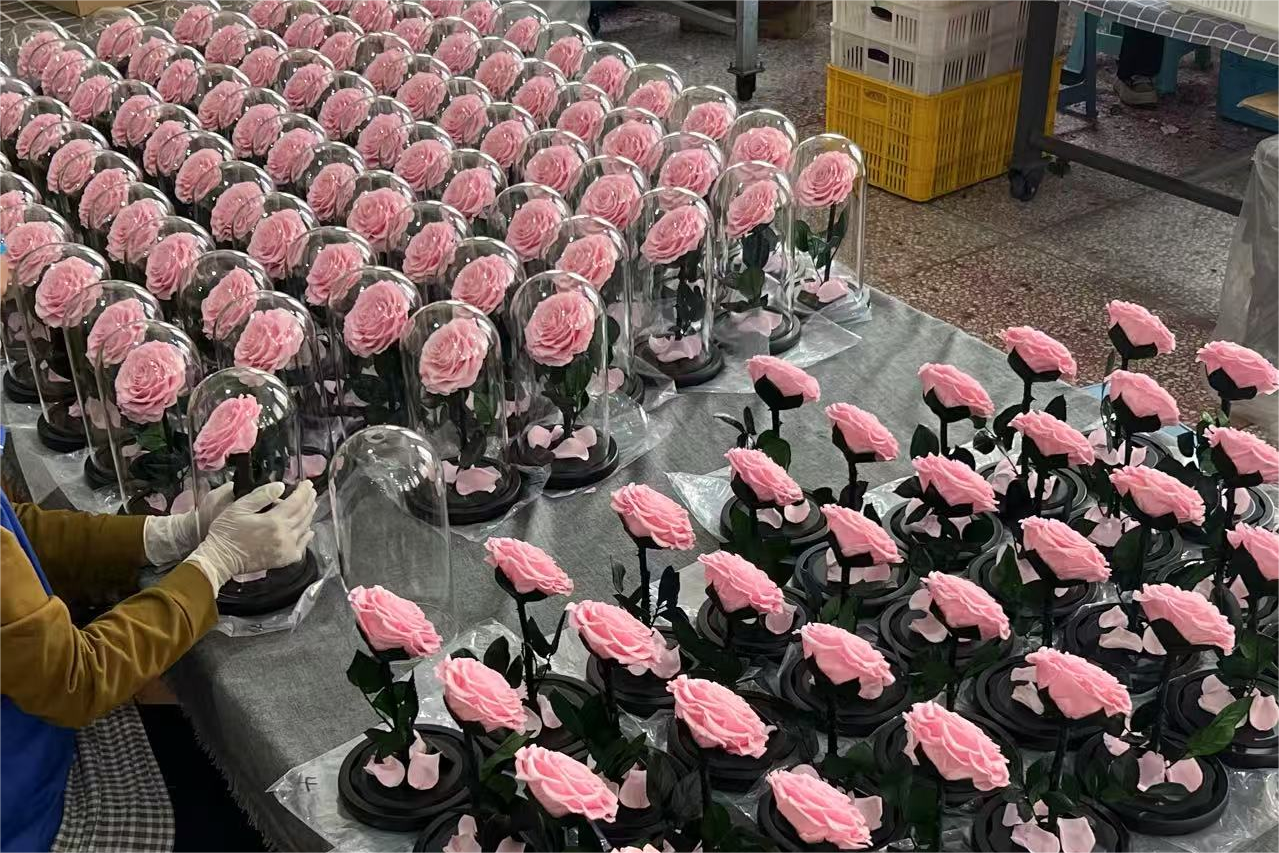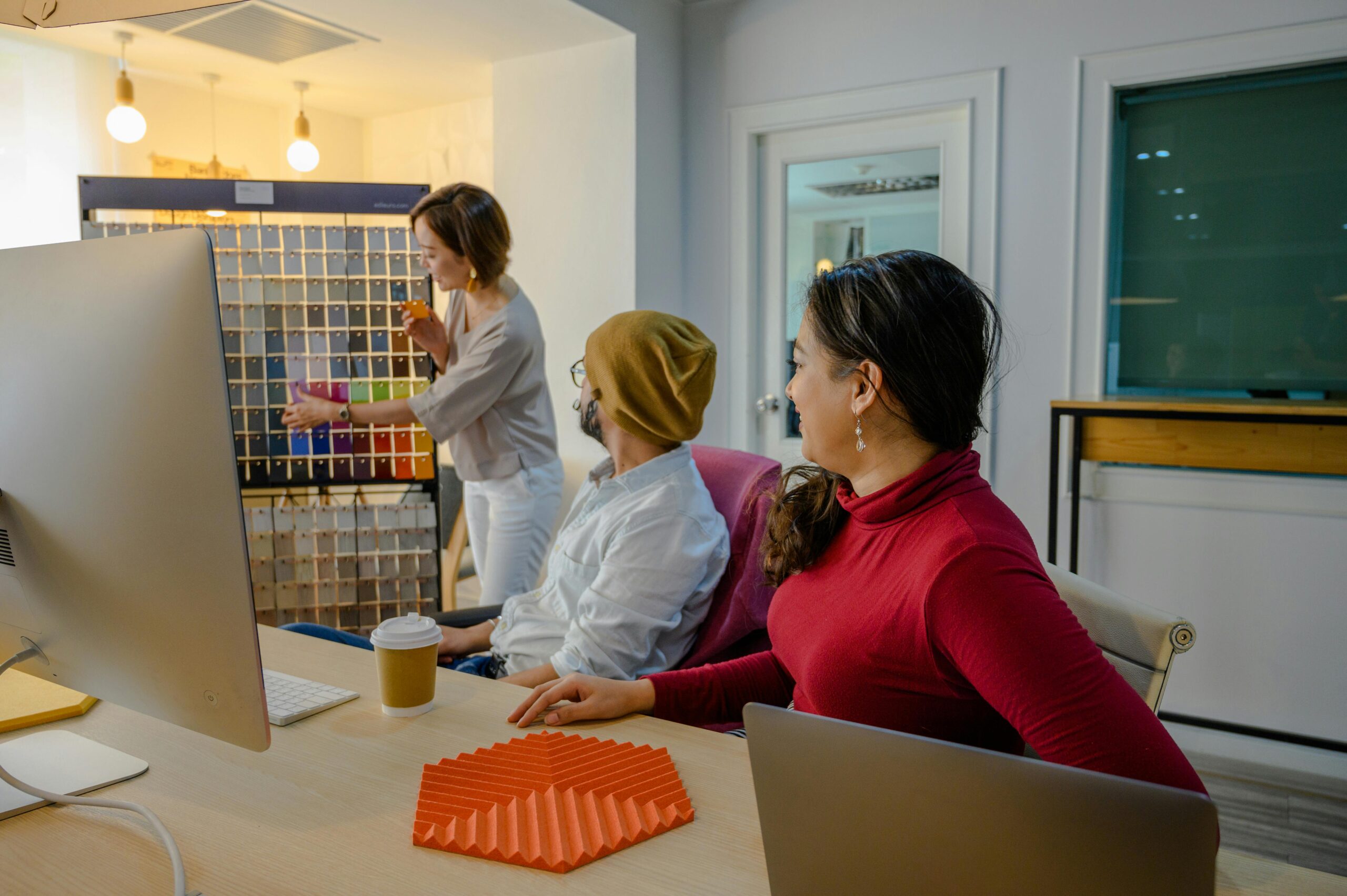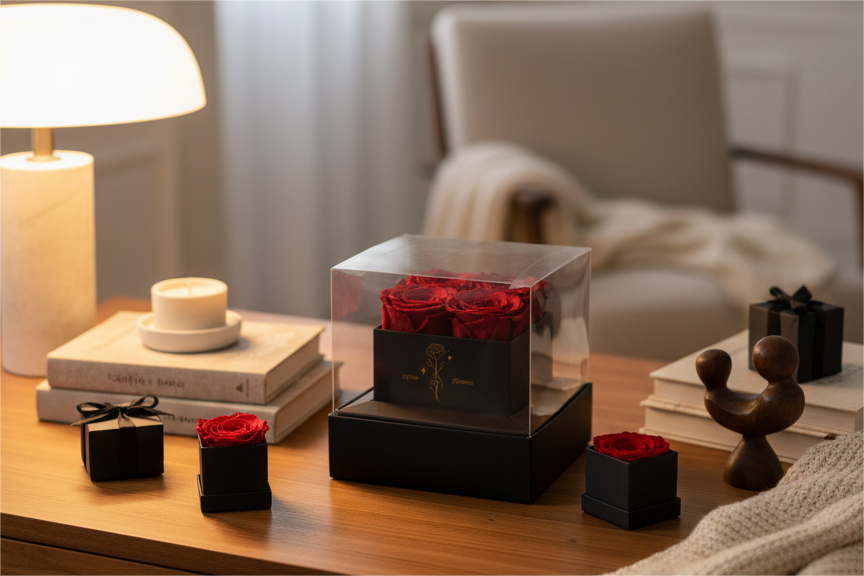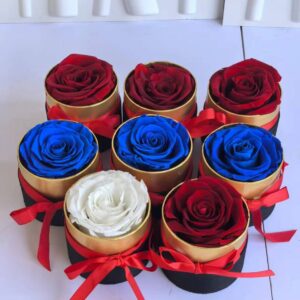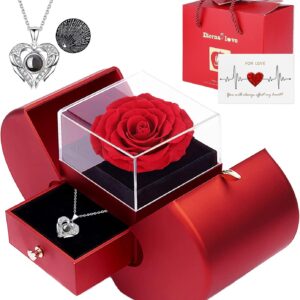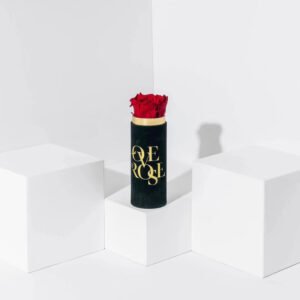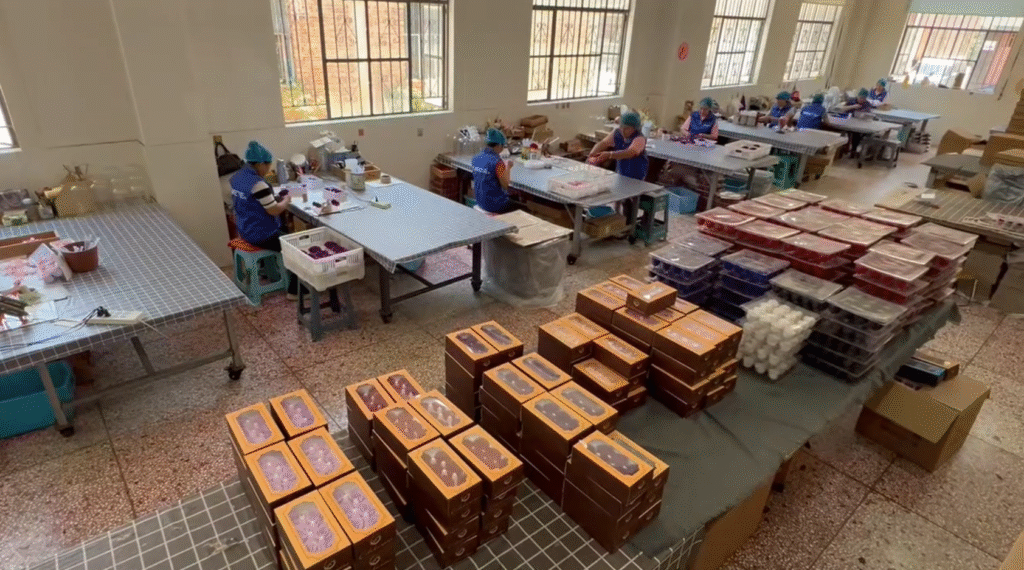
When sourcing packaging for preserved roses, one decision carries more weight than most buyers expect: the material of the rose box. Pick the wrong one, and products risk arriving damaged, looking inconsistent on shelves, or costing more than your retail price ladder can absorb. The right choice, however, reinforces your brand image and ensures predictable shipping performance.
This guide explores three of the most common wholesale rose box materials—acrylic, cardboard, and velvet—to help you decide which fits your business.
Why Material Selection Matters
Rose boxes are more than just packaging. For preserved roses, which are sensitive to moisture, dust, and sunlight, the box acts as both protection and display. A poorly chosen material can make an arrangement look cheap, while the right option can elevate the entire product line. Factors like transportation, storage, shelf appeal, and branding flexibility all tie directly back to the base material.
Acrylic Rose Boxes
Best for high-visibility retail programs
Acrylic packaging highlights every preserved bloom, making it popular for mall kiosks, premium counters, and e-commerce listings where photography drives sales. Buyers often favor cube designs with drawers that allow roses to pair with jewelry or gifts.
Advantages
- Crystal-clear walls that display roses from every angle
- Long-lasting shape retention
- Easy to wipe clean in-store
Limitations
- Susceptible to scratches without protective film
- Heavier weight increases airfreight costs
- Requires edge protection during bulk shipping
Branding notes
Printing directly on acrylic can be costly. Many brands prefer custom sleeves, decals, or ribbon systems for logo placement.
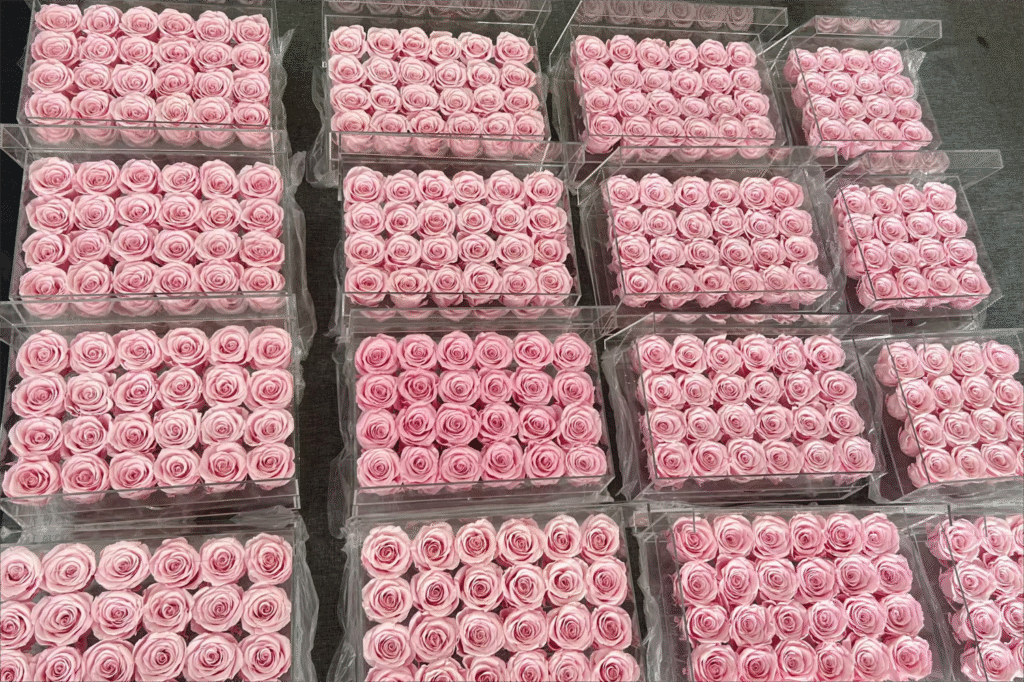
Cardboard and Paperboard Boxes
Best for mass-market and seasonal runs
Cardboard is the most cost-effective material for rose packaging, making it the go-to choice for supermarkets and large-scale gifting programs. The material works well for popular heart-shaped boxes as well as round formats in multiple diameters.
Advantages
- Lowest cost per unit
- Lightest weight, reducing shipping costs
- Wide range of finishes including foil stamping, embossing, and printed wraps
Limitations
- Durability varies by board thickness and lid structure
- Satin fabric coverings enhance appearance but can attract dust
- Requires clear specifications on caliper and closure strength
Branding notes
Hot foil stamping and embossing are highly effective for mid-tier retail programs. Paperboard also allows sleeve-based seasonal rebranding with low setup cost.
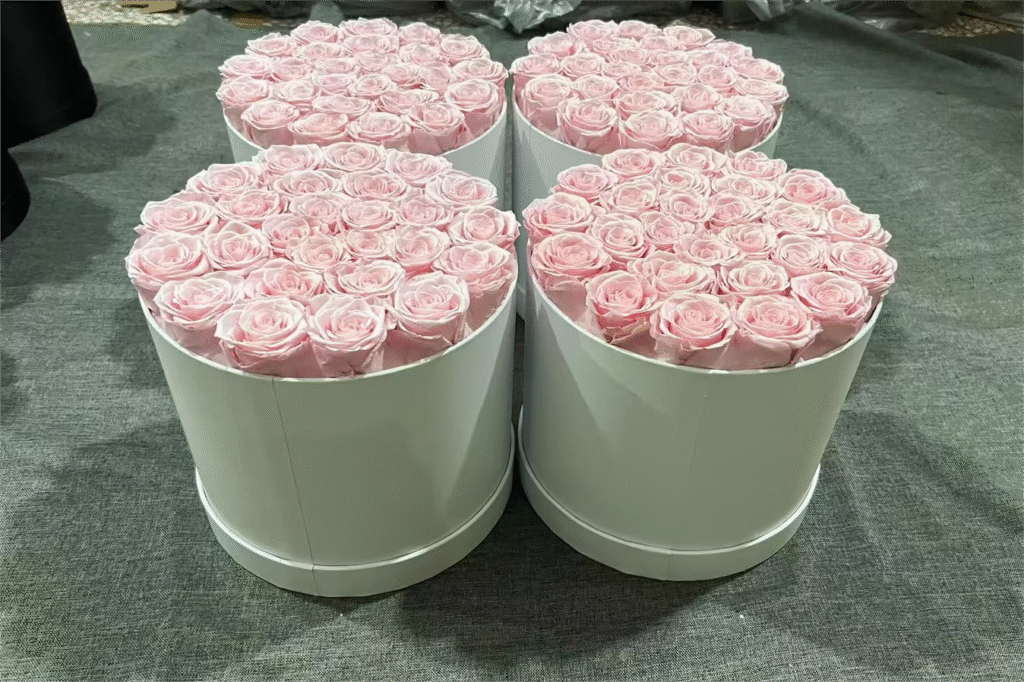
Velvet Wrapped Boxes
Best for luxury gifting and boutique collaborations
Velvet adds instant sophistication and transforms a preserved rose arrangement into a statement gift. Typical formats include mushroom-shaped or dome-style boxes, often in deep red or jewel-tone shades.
Advantages
- Luxurious tactile experience
- Strong color depth and richness
- Creates high perceived value at retail
Limitations
- Easily shows lint and pressure marks
- Requires gentle handling during packaging and display
- Branding options limited to labels, badges, or ribbon systems
Branding notes
Flawless presentation is crucial. Metal plates, sewn labels, or embossed ribbons are preferred over ink-based methods that can blur on fabric.

Material Comparison Table
| Feature | Acrylic | Cardboard/Paperboard | Velvet Wrapped |
|---|---|---|---|
| Shelf visibility | Excellent, transparent display | Moderate, customizable shapes | Premium look, luxury appeal |
| Transport resilience | Strong but scratch-prone | Lightweight and stackable | Sensitive to dust and pressure |
| Cost profile | High per unit | Lowest per unit | Mid to high range |
| Branding flexibility | Sleeves, decals, ribbons | Foil, embossing, printed wraps | Badges, labels, ribbons |
| Common formats | 15 cm cubes with drawers | Hearts and rounds in many sizes | Domes, mushroom shapes |
| Ideal applications | Premium counters, jewelry combos | Supermarkets, seasonal programs | Boutiques, luxury gifting |
Practical Buying Tips
- Sample before committing: Always order samples of your shortlisted formats and conduct drop tests on the packaging.
- Specify details clearly: Ask for board thickness, protective films, or dust bags depending on the material.
- Align with retail channel: Acrylic favors illuminated counters, cardboard fits crowded shelf layouts, and velvet suits boutique environments.
- Check branding fit: Not every printing method works across materials. Choose logos and finishing methods accordingly.
- Consider long-term storage: Preserved roses last for over a year when kept away from light and moisture. Your packaging must support that requirement.
There is no single “best” material for every buyer. Acrylic excels in premium visibility, cardboard balances cost and flexibility, while velvet creates an immediate sense of luxury. The right choice depends on your channel, target consumer, and budget priorities.
About Our Preserved Rose Factory
Sweetie-Gifts is a global manufacturer of preserved rose packaging with over 16 years of experience. With factories in Kunming and Yiwu, we supply heart-shaped, round, acrylic, and velvet rose boxes to leading retailers and brand partners worldwide. We support B2B buyers with OEM, ODM, compliance documentation, and optimized shipping solutions.
If you need tailored advice or material samples to compare side by side, contact us at inquiry@sweetie-group.com and request a wholesale rose box material kit.
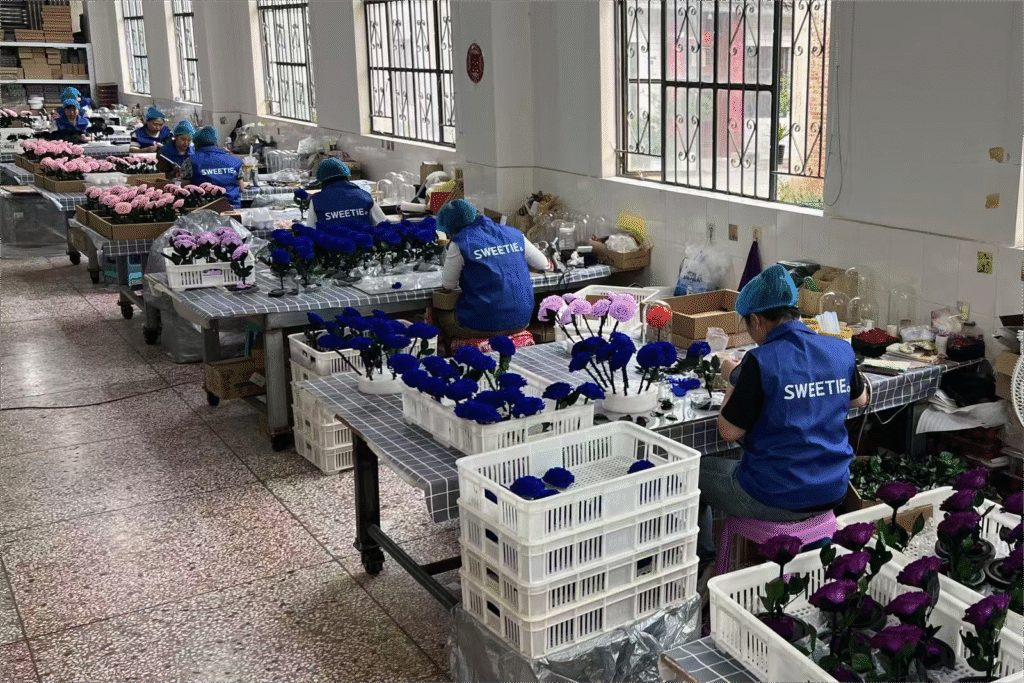
Annie Zhang, CEO of Sweetie-Gifts

